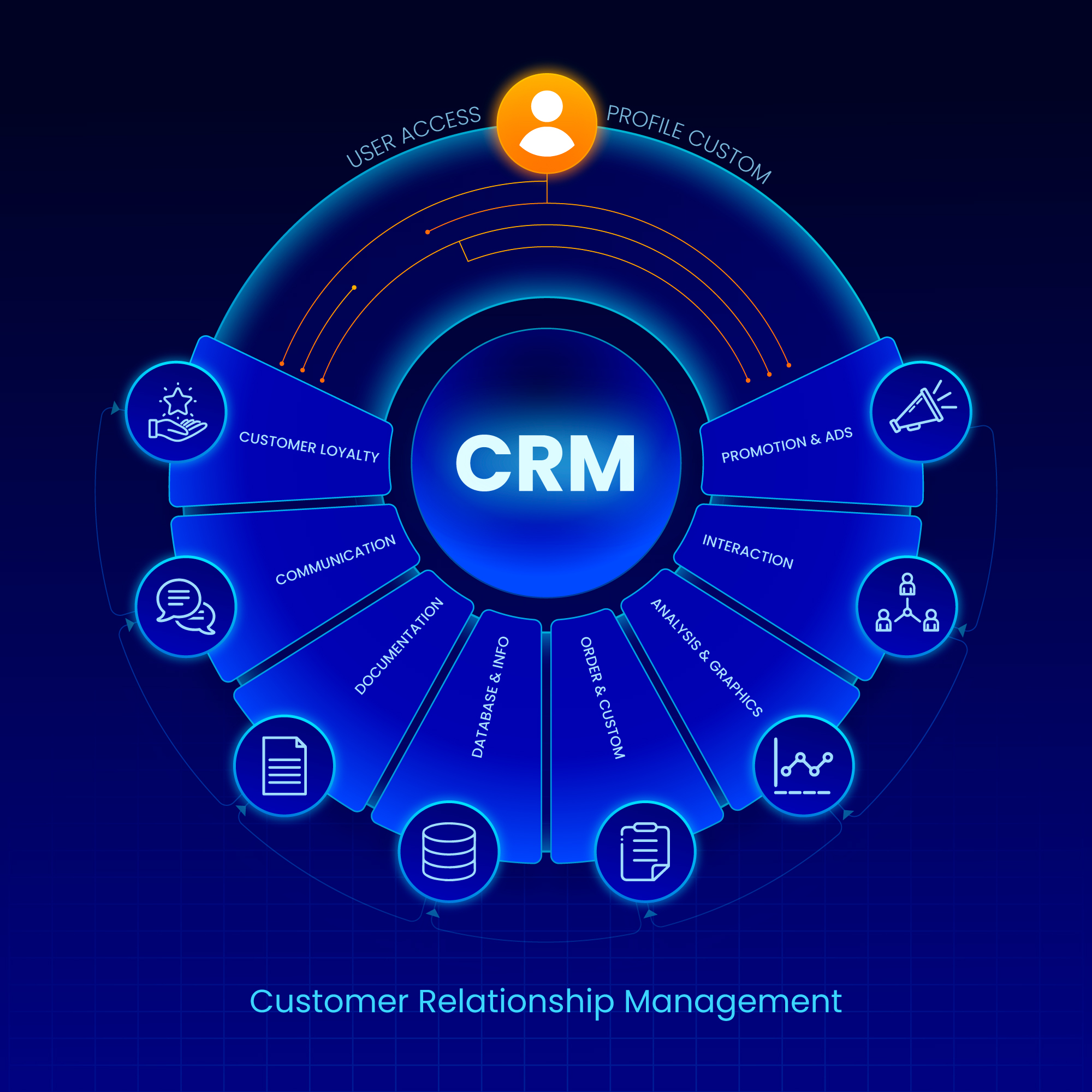In today’s highly competitive business landscape, architecture and interior design firms are constantly seeking ways to streamline their operations and enhance client relationships. One powerful tool that has emerged to address these needs is CRM Software for Architecture.
What is a CRM Software for architecture, and why is it important?
A CRM Software for Architecture is a software tool that helps architects manage client relationships, projects, and communication efficiently. It is important as it streamlines operations, enhances collaboration, and improves client satisfaction.
What business elements are needed?
When implementing a CRM Software for Architectures, several key business elements are needed to ensure its successful integration and functionality:
1. Client Management: A CRM should provide a centralized database to store and manage client information, including contact details, project history, communication records, and preferences.
2. Project Management: The CRM should have robust project management features, allowing architects to assign tasks, track project progress, manage deadlines, and allocate resources effectively.
3. Communication and Collaboration: The CRM should facilitate seamless communication and collaboration among team members and clients through features such as shared calendars, document sharing, and real-time messaging.
4. Lead Management and Conversion: The CRM should support lead capturing, tracking, and nurturing, enabling architects to manage potential clients throughout the sales process and improve conversion rates.
5. Reporting and Analytics: The CRM should provide comprehensive reporting and analytics capabilities, allowing architects to gain insights into project performance, client behavior, and business metrics to make data-driven decisions.
6. Integration: The CRM should integrate with other essential tools and software used in the architecture industry, such as accounting software, project management platforms, and design software, to streamline workflows and avoid data duplication.
7. Customization: The CRM should offer flexibility for customization to align with the specific needs and processes of architecture firms, ensuring a tailored solution that fits the unique requirements of the business.
By considering and implementing these business elements, architects can leverage CRM software effectively to streamline operations, enhance client relationships, and drive business growth.
In this blog post, we will explore the significance of CRM software for architecture and interior design firms, and how Amika Softwares can help revolutionize your business processes.
1. Streamlining Client Management:
One of the primary benefits of CRM software for architecture and interior design firms is efficient client management. With CRM, firms can easily store and access client contact information, project details, and communication history in one centralized location. This eliminates the need for manual record-keeping and ensures that crucial client information is readily available to the entire team. By having a comprehensive view of client interactions, firms can effectively manage projects, track progress, and deliver exceptional customer service.
2. Enhanced Communication and Collaboration:
Effective communication is vital for successful projects in the architecture and interior design industry. CRM software facilitates seamless collaboration within the firm, allowing team members to share information, assign tasks, and track project updates in real-time. By eliminating silos and fostering a collaborative environment, firms can enhance communication and ensure that everyone is aligned towards project goals. Additionally, CRM software enables secure communication channels with clients, promoting transparency and building trust.
3. Improved Lead Management and Conversion:
Generating new leads is a crucial aspect of growing any business. CRM software empowers architecture and interior design firms to efficiently manage leads, track interactions, and nurture potential clients throughout the sales process. By automating lead capturing and nurturing, CRM software streamlines the sales pipeline, allowing firms to focus on high-value prospects. With features like lead scoring and automated follow-ups, firms can optimize their lead management strategies and increase conversion rates.
4. Project Management and Task Tracking:
Keeping projects on track and managing various tasks can be challenging for architecture and interior design firms. CRM software offers robust project management capabilities that enable firms to assign tasks, set deadlines, and monitor progress. This ensures that projects are completed within the allocated timeframes and budgets. By centralizing project-related information, CRM software provides a holistic view of ongoing and completed projects, facilitating data-driven decision-making and improving overall efficiency.
5. Data Analysis and Insights:
In the architecture and interior design industry, data-driven decision-making is vital for achieving business growth and success. CRM software provides firms with valuable data and analytics that help identify patterns, track client preferences, and measure project performance. By leveraging these insights, firms can make informed decisions, identify areas for improvement, and deliver personalized experiences to clients. Amika Softwares offers advanced reporting and analytics features to empower firms in harnessing the power of data.
Conclusion
In the digital age, CRM software has become an indispensable tool for architecture and interior design firms. It provides streamlined client management, enhances communication, improves lead conversion, facilitates project management, and provides data-driven insights. CRM software revolutionizes business processes and enables firms to stay ahead of the competition. With Amika Software’s CRM solutions, firms can unlock their full potential and achieve sustainable growth. Embrace the power of CRM software and transform your firm today with Amika Softwares tailored solutions.


